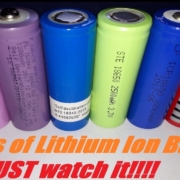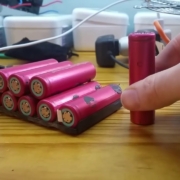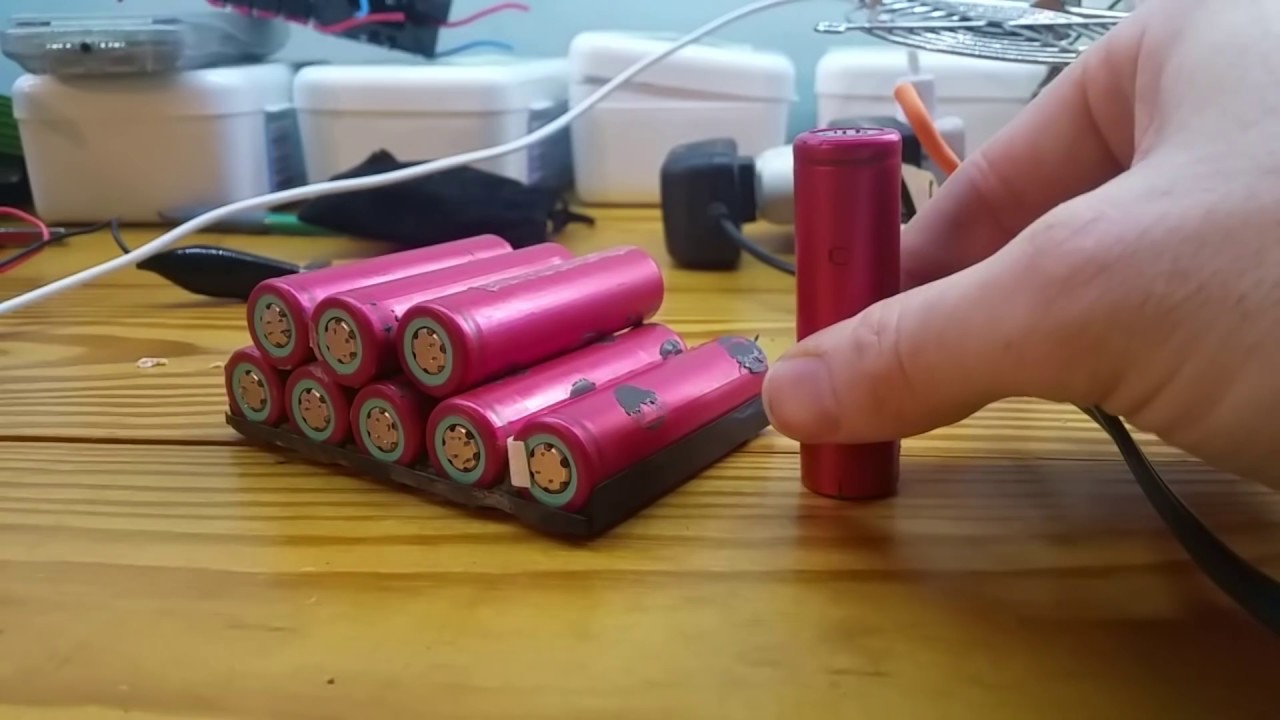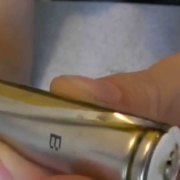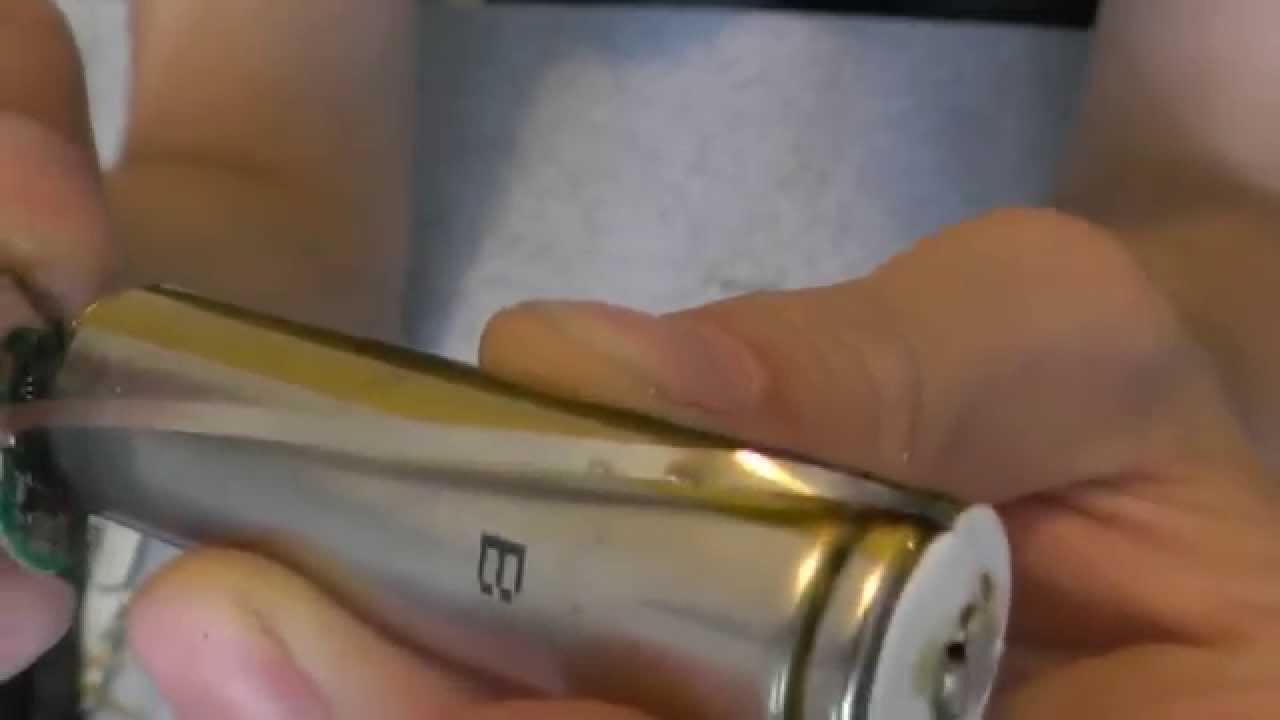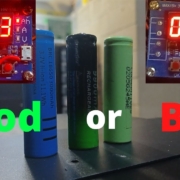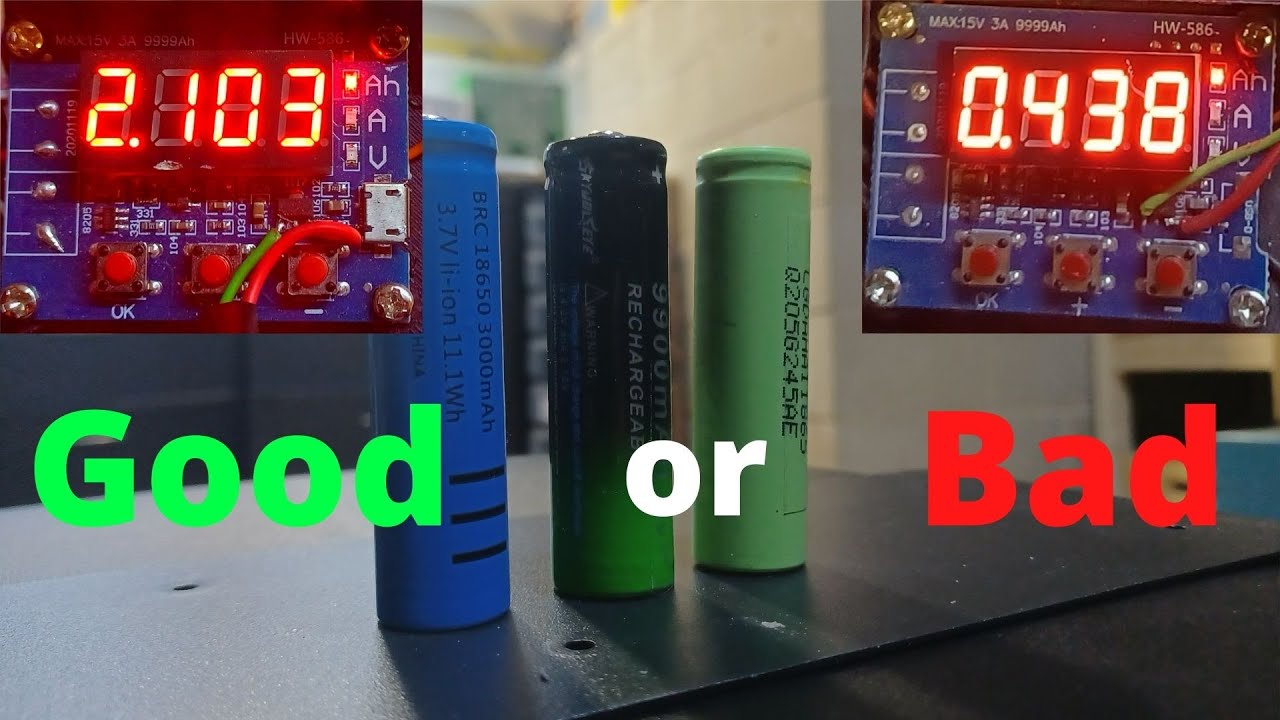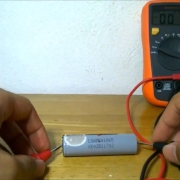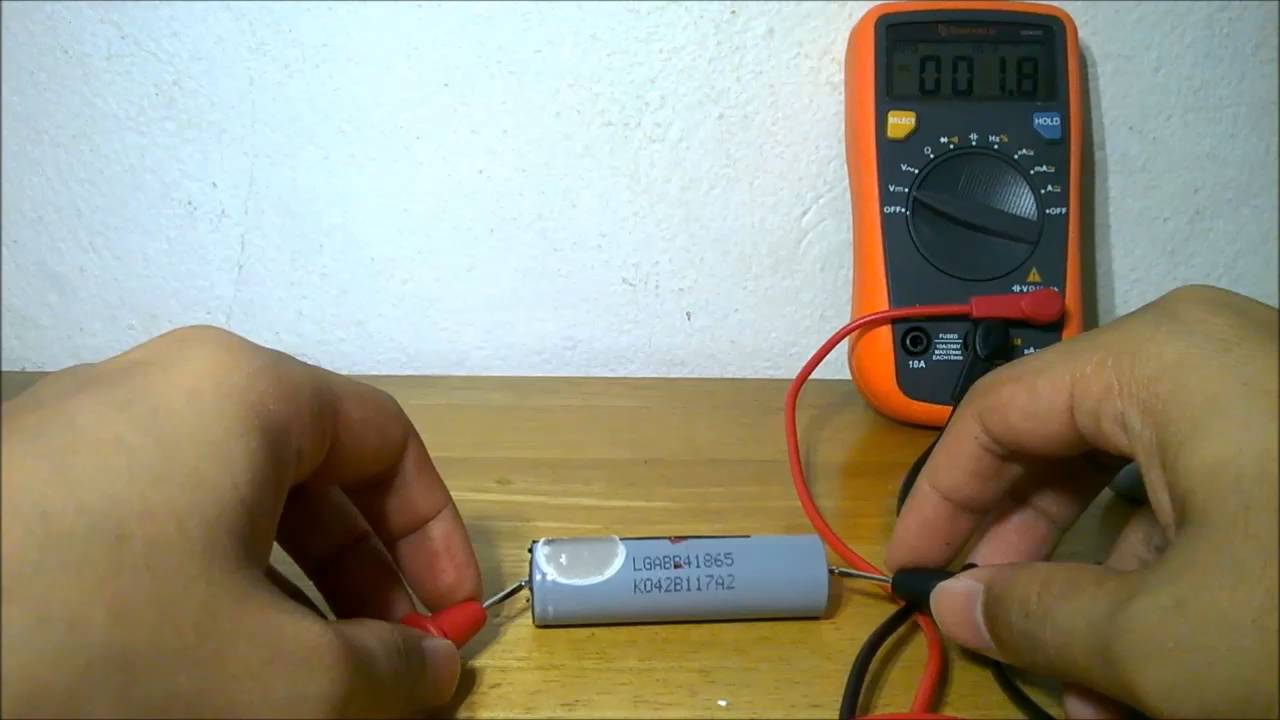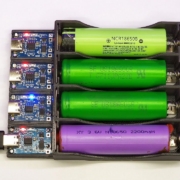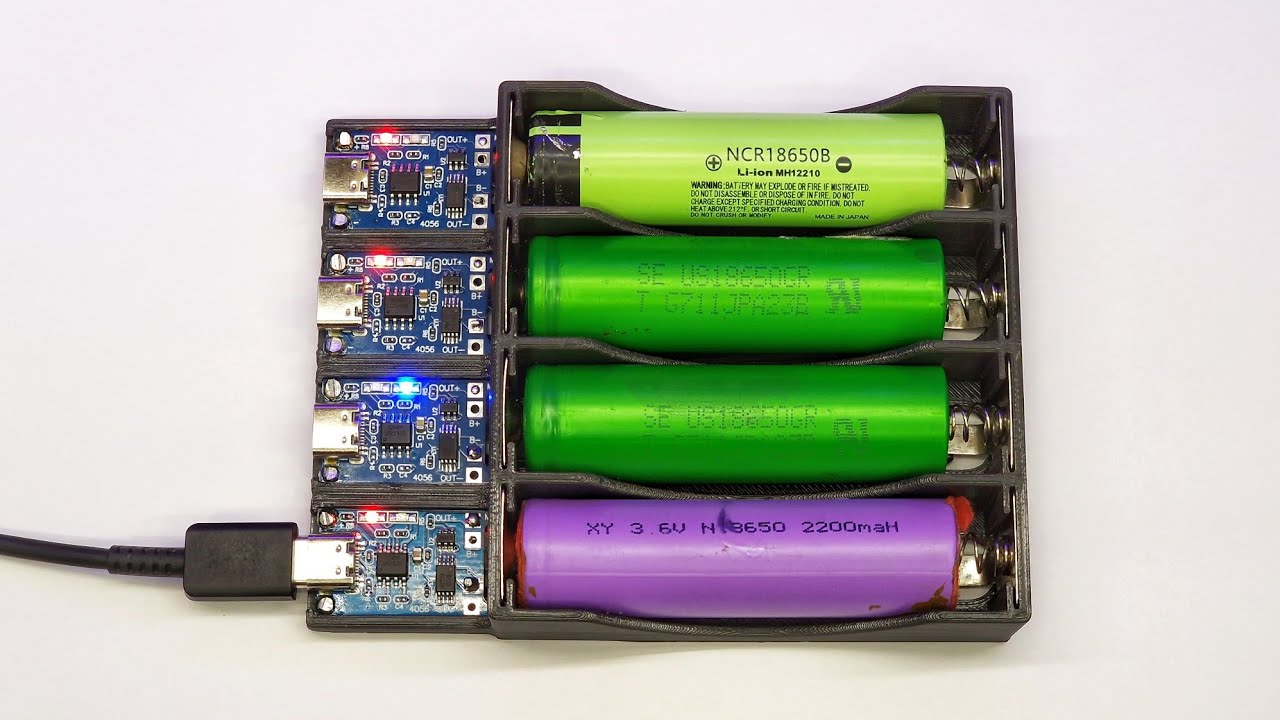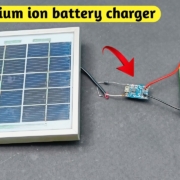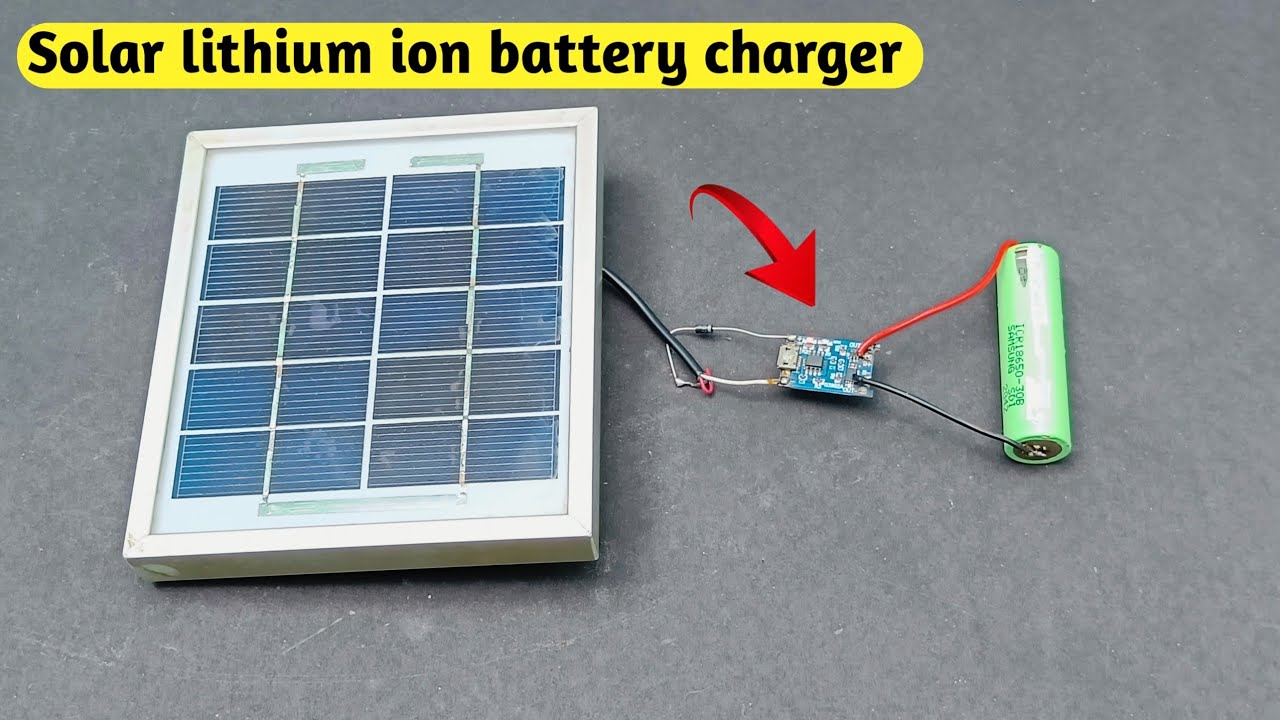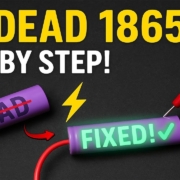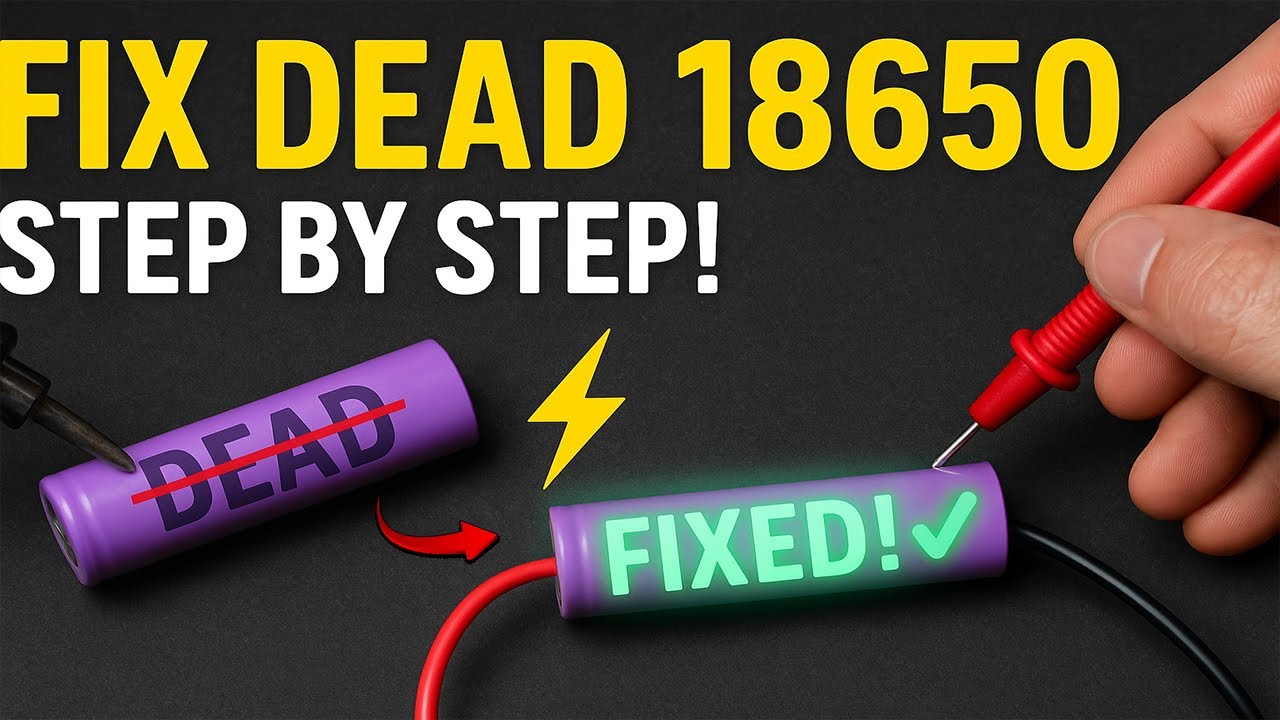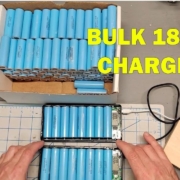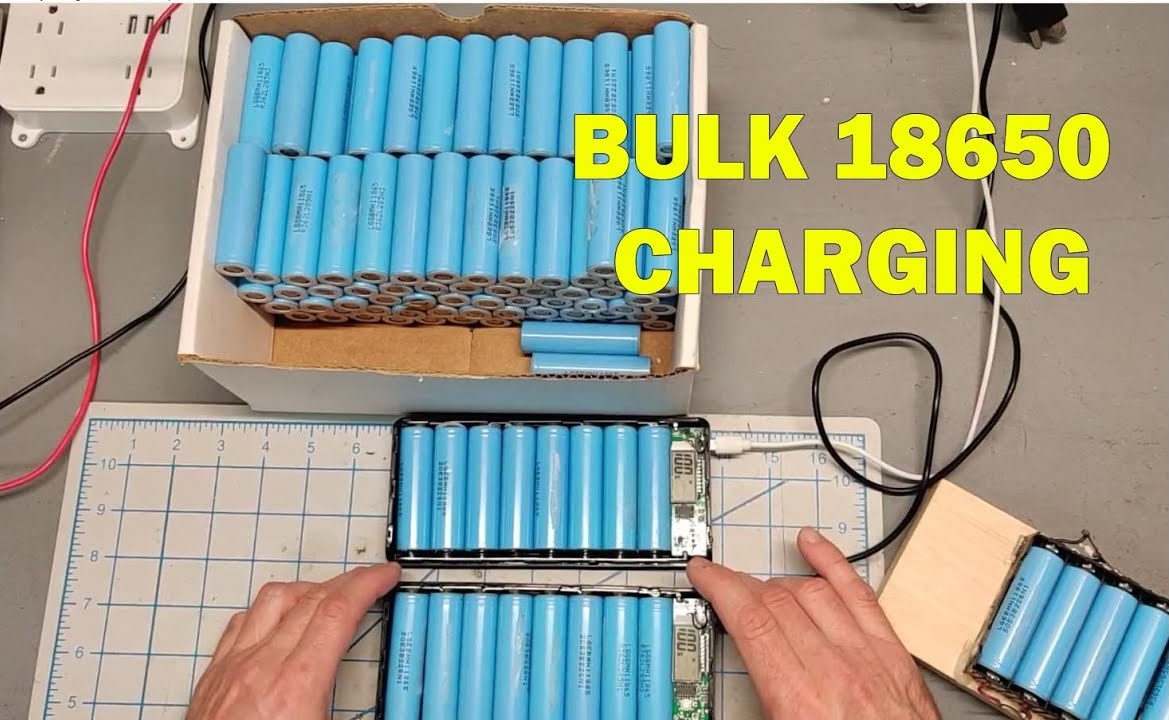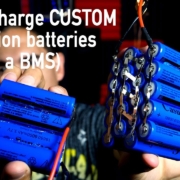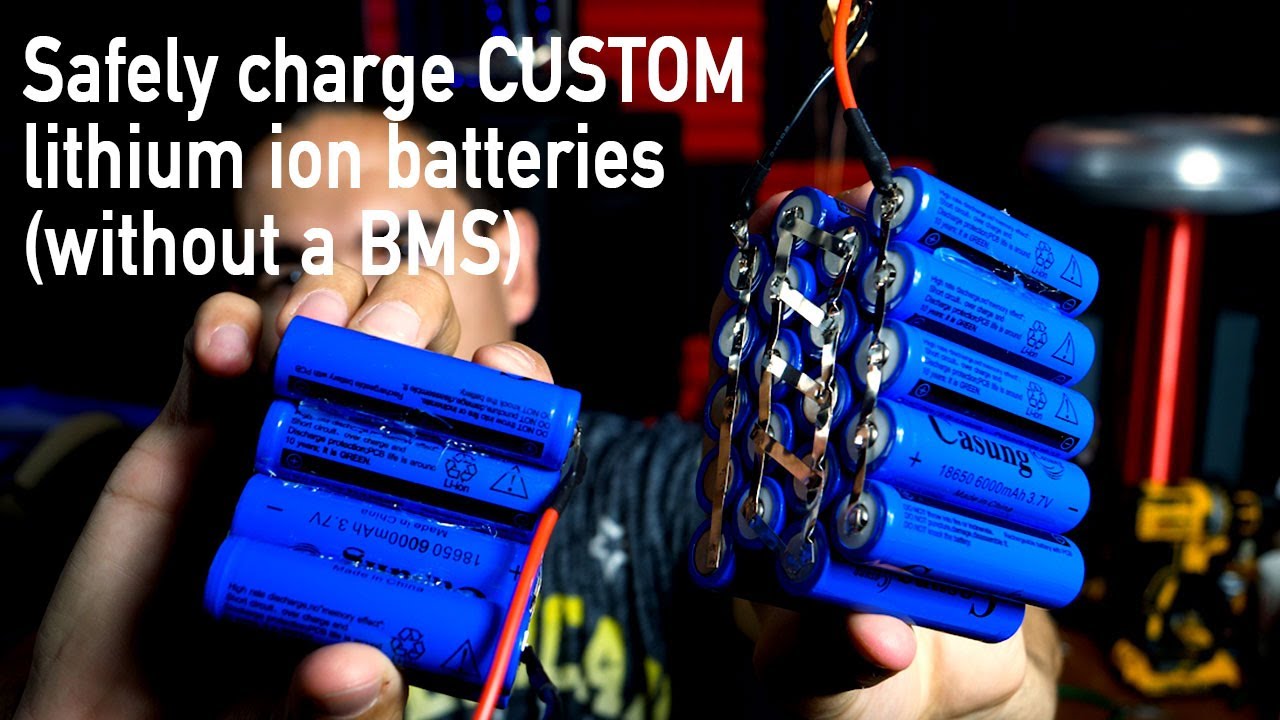How to Choose 18650 Battery? The Complete Guide
Choosing the right 18650 battery isn’t rocket science. But pick the wrong one, and you could end up with a dead flashlight, a fried vape mod, or worse—a safety hazard.
I learned this the hard way when I first started using 18650 batteries in 2019. I bought a “9800mAh” battery from Amazon. (Spoiler alert: it was fake and potentially dangerous.)
So today, as a professional 18650 battery pack manufacturer, I’m going to show you exactly how to choose 18650 battery cells that are safe, reliable, and perfect for your specific needs.
In fact, these are the same selection criteria I use when buying batteries for everything from my high-powered flashlights to my emergency power banks.
Let’s dive right in.
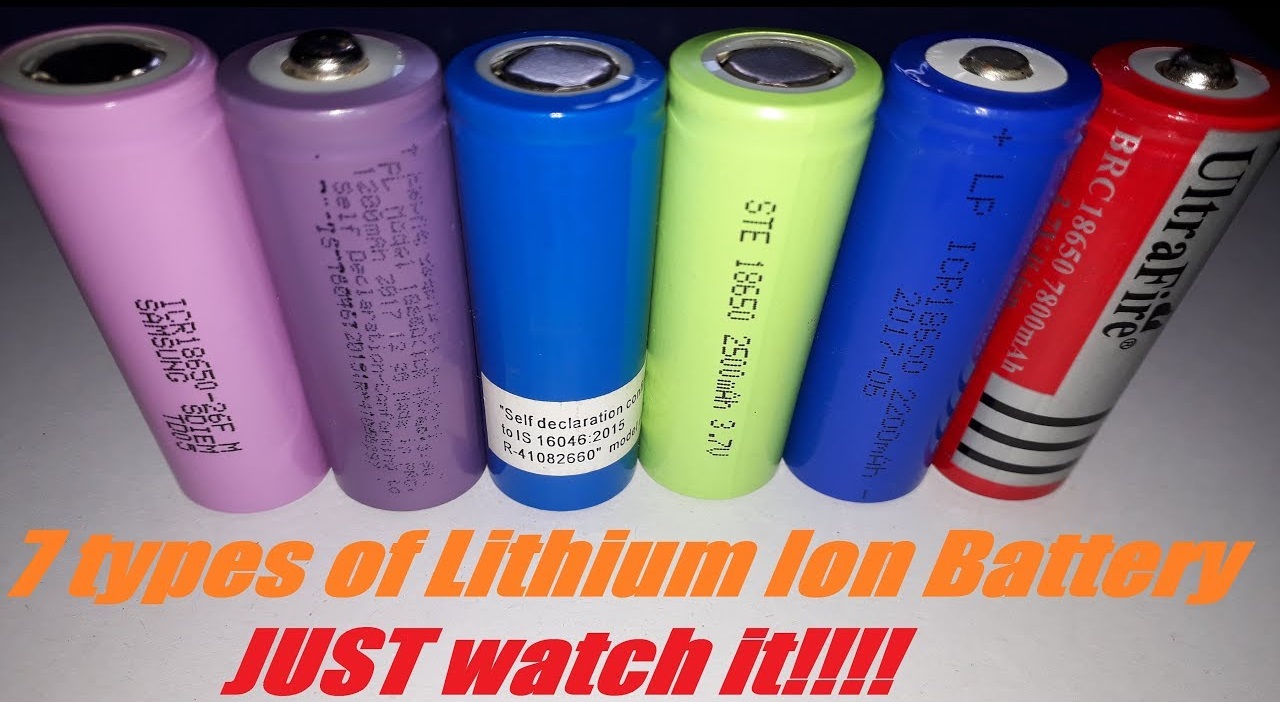
What Are 18650 Batteries (And Why Should You Care)?
First things first:
An 18650 battery is a rechargeable lithium-ion cell that’s 18mm wide and 65mm long. Hence the name “18650.”
These cylindrical batteries pack a serious punch. We’re talking about 3.6-3.7 volts of nominal voltage with capacities ranging from 2000mAh to 3500mAh.
But here’s the kicker:
Not all 18650s are created equal. And choosing the wrong one can literally be the difference between a battery that lasts for years and one that fails (or catches fire) after a few uses.
The Two Most Important Specs You Need to Know
When it comes to selecting 18650 batteries, you need to balance two main factors:
1. Capacity (mAh)
2. Continuous Discharge Rating (CDR)
Here’s the deal:
You can’t max out both. It’s like choosing between a sports car and a minivan. One’s built for speed, the other for hauling capacity.
High-capacity batteries (3000-3500mAh) typically have lower discharge rates. Perfect for flashlights and power banks.
High-drain batteries (20A-30A CDR) sacrifice some capacity for power output. These are what you want for vape mods and power tools.
The key? Match your battery to your device’s needs.
Breaking Down Battery Chemistry (Without the PhD)
I know what you’re thinking:
“Chemistry? I just want a battery that works!”
Fair enough. But understanding the basics helps you avoid costly mistakes.
NMC (Nickel Manganese Cobalt)
This is your workhorse chemistry. Companies like Samsung and LG use NMC in their most popular cells.
Why? Because NMC offers the best balance of:
- High capacity
- Good discharge rates
- Solid safety profile
- Reasonable price
Popular NMC batteries include the Samsung 30Q and LG HG2.
LiFePO4 (Lithium Iron Phosphate)
These are the tanks of the battery world.
Super safe. Incredibly long-lasting (2000+ cycles). But they have lower voltage (3.2V) and less capacity.
I recommend these for solar storage and medical devices where safety trumps everything else.
IMR/LMO (Lithium Manganese Oxide)
Great for high-drain applications. Sony’s VTC series uses this chemistry.
The trade-off? Lower capacity. But if you need 30A continuous discharge, these deliver.
Protected vs Unprotected: Which One’s Right for You?
This is where things get interesting.
Protected batteries have a tiny circuit board that prevents:
- Overcharging
- Over-discharging
- Short circuits
Sounds great, right?
But here’s the catch:
That protection circuit makes the battery slightly longer (up to 3mm). Some devices can’t fit protected cells.
Plus, protection circuits have current limits. If your device pulls 20A, a protected battery with a 10A limit won’t work.
My rule of thumb:
Use protected batteries in simple devices like flashlights. Use unprotected batteries in devices with built-in protection (like regulated vape mods).
Where to Buy 18650 Batteries (And Where NOT To)
Let me be crystal clear:
Do NOT buy 18650 batteries from:
- Amazon
- eBay
- AliExpress
- Any seller advertising batteries over 3600mAh
Why? Because fake batteries are everywhere on these platforms.
I’ve tested dozens of “UltraFire 9800mAh” batteries. They’re all garbage. And potentially dangerous.
Instead, buy from reputable vendors:
USA: Illumn, 18650BatteryStore, IMRBatteries, Li-ion Wholesale
Europe: Nkon, Akkuteile
UK: 18650.uk, Fogstar
Australia: Ecocell
These vendors test their stock and only sell authentic cells.
Matching Batteries to Your Device
Different devices have different power requirements. Here’s what I recommend:
For Flashlights
Priority: Runtime (high mAh)
Best picks:
- Samsung 35E (3500mAh)
- Panasonic NCR18650GA (3500mAh)
- LG MJ1 (3500mAh)
These high-capacity cells will keep your flashlight running for hours.
For Vape Mods
Priority: High CDR for safety
Best picks:
- Sony VTC5A (25A CDR)
- Samsung 25R (20A CDR)
- Molicel P26A (25A CDR)
Never compromise on CDR for vaping. Your safety depends on it.
For Power Banks
Priority: Maximum capacity
Best picks:
- Any genuine 3500mAh cell from Samsung, LG, or Panasonic
Power banks don’t pull high current, so max out that capacity.
Red Flags to Watch Out For
I’ve seen every scam in the book. Here are the warning signs:
1. Unrealistic Capacity Claims
Real 18650s max out around 3600mAh (and those are rare). If you see 4000mAh, 5000mAh, or 9800mAh claims, run away.
2. Fire-Themed Brand Names
UltraFire, TrustFire, and similar “Fire” brands are almost always rewrapped junk cells.
3. Suspiciously Low Prices
Genuine Samsung 30Q cells cost $4-8 each. If someone’s selling them for $1, they’re fake.
4. No Manufacturer Specs
Reputable manufacturers publish detailed datasheets. If the seller can’t provide specs, don’t buy.
Safety Tips That Could Save Your Life
Look, I don’t want to scare you. But lithium-ion batteries deserve respect.
Follow these rules:
1. Never exceed the CDR
If your battery is rated for 10A continuous, don’t pull 20A. Period.
2. Use proper chargers
Get a quality charger from XTAR, Nitecore, or Efest. Those $2 chargers are fire hazards.
3. Check your wraps
Damaged battery wraps can cause shorts. Rewrap damaged batteries or recycle them.
4. Store batteries properly
Use plastic cases. Never carry loose batteries with metal objects.
5. Marry your batteries
Using multiple batteries? Buy them together, charge them together, use them together.
My Top Battery Recommendations for 2025
After testing hundreds of cells, here are my go-to choices:
Best All-Around: Samsung 30Q
- 3000mAh capacity
- 15A CDR (20A pulse)
- Perfect balance for most applications
Best High-Drain: Molicel P26A
- 2600mAh capacity
- 25A continuous discharge
- Rock-solid performance
Best High-Capacity: Samsung 35E
- 3500mAh capacity
- 8A CDR
- Maximum runtime for low-drain devices
The Bottom Line
Choosing the right 18650 battery doesn’t have to be complicated.
Start by identifying your device’s power requirements. Match those requirements to the appropriate battery chemistry and discharge rating. Buy from reputable vendors. Follow basic safety guidelines.
Do these things, and your batteries will serve you well for years.
And remember: when in doubt, ask the community. Forums like BudgetLightForum and r/18650masterrace are full of helpful enthusiasts who can guide you.
Now you know exactly how to choose 18650 battery cells that are safe, reliable, and optimized for your specific needs. No more guessing. No more risky purchases. Just the right battery for the job.

